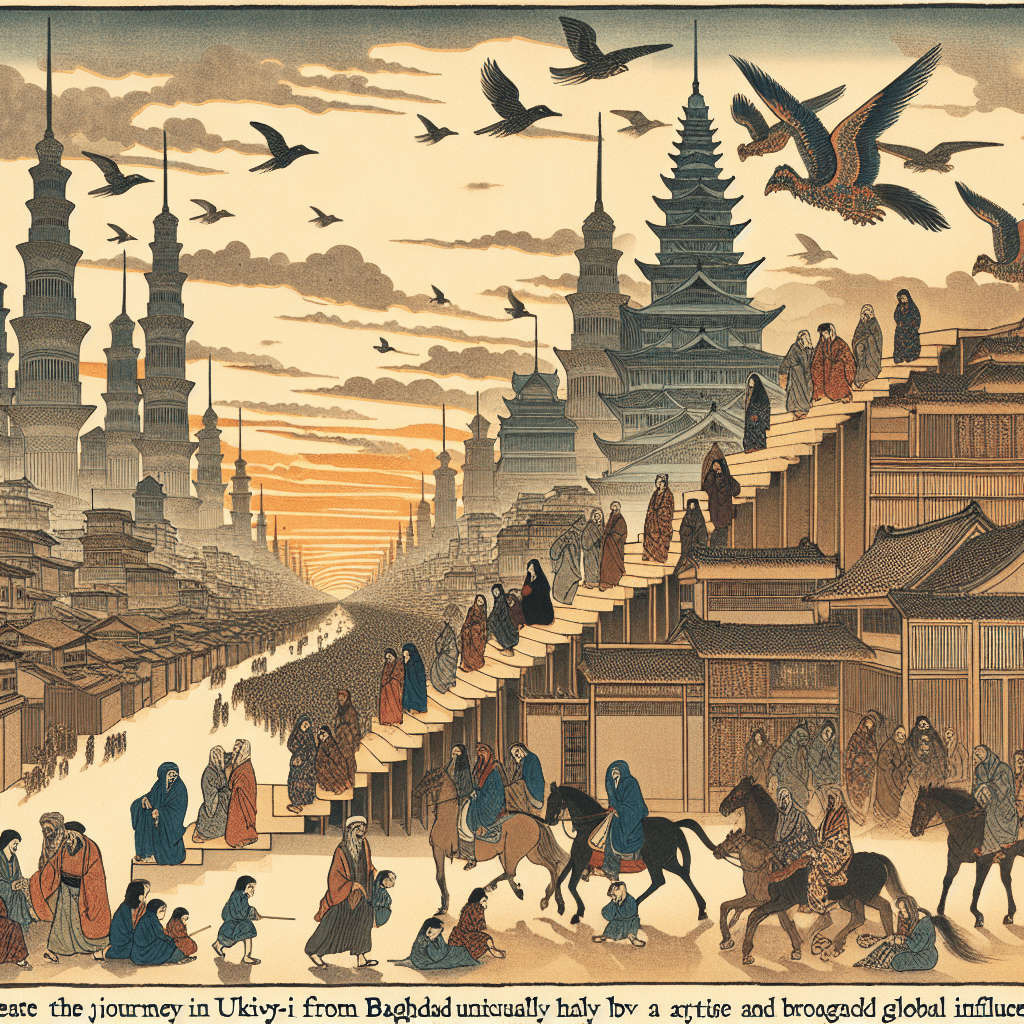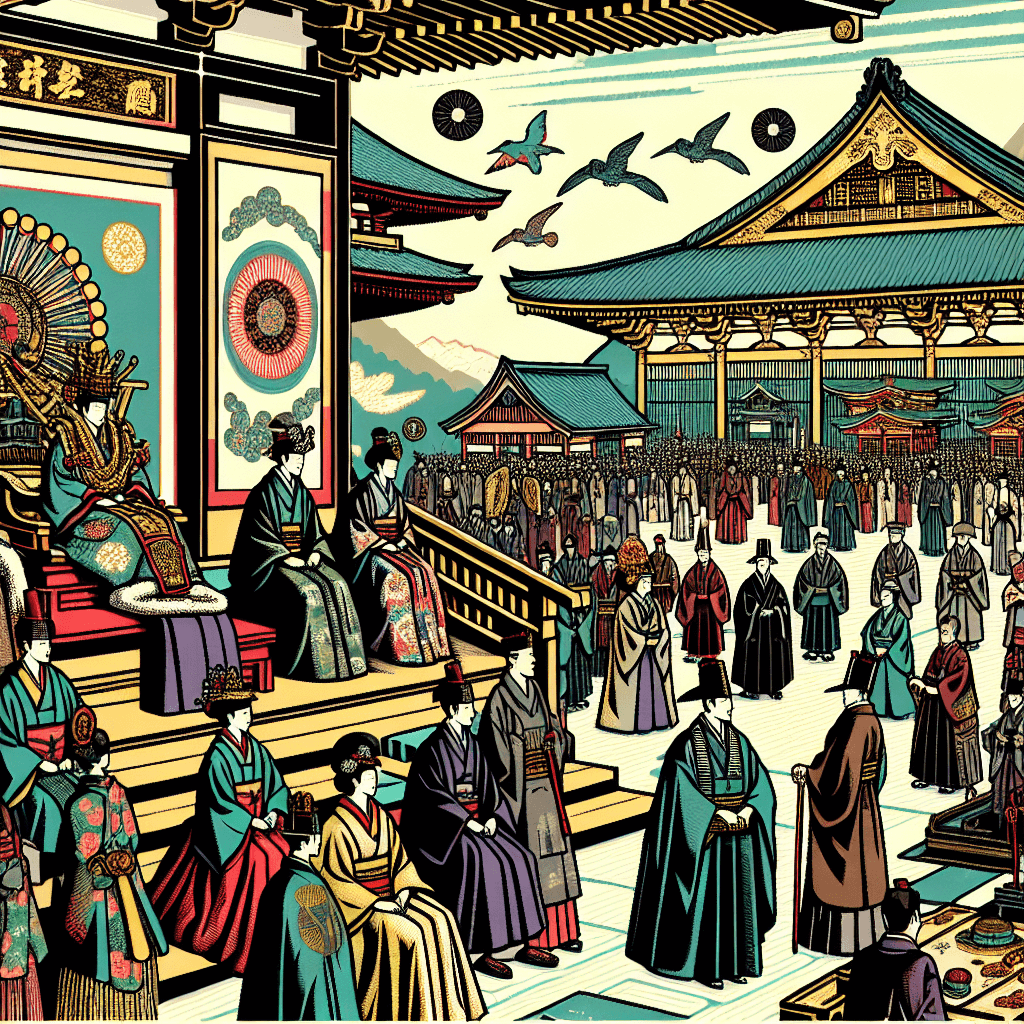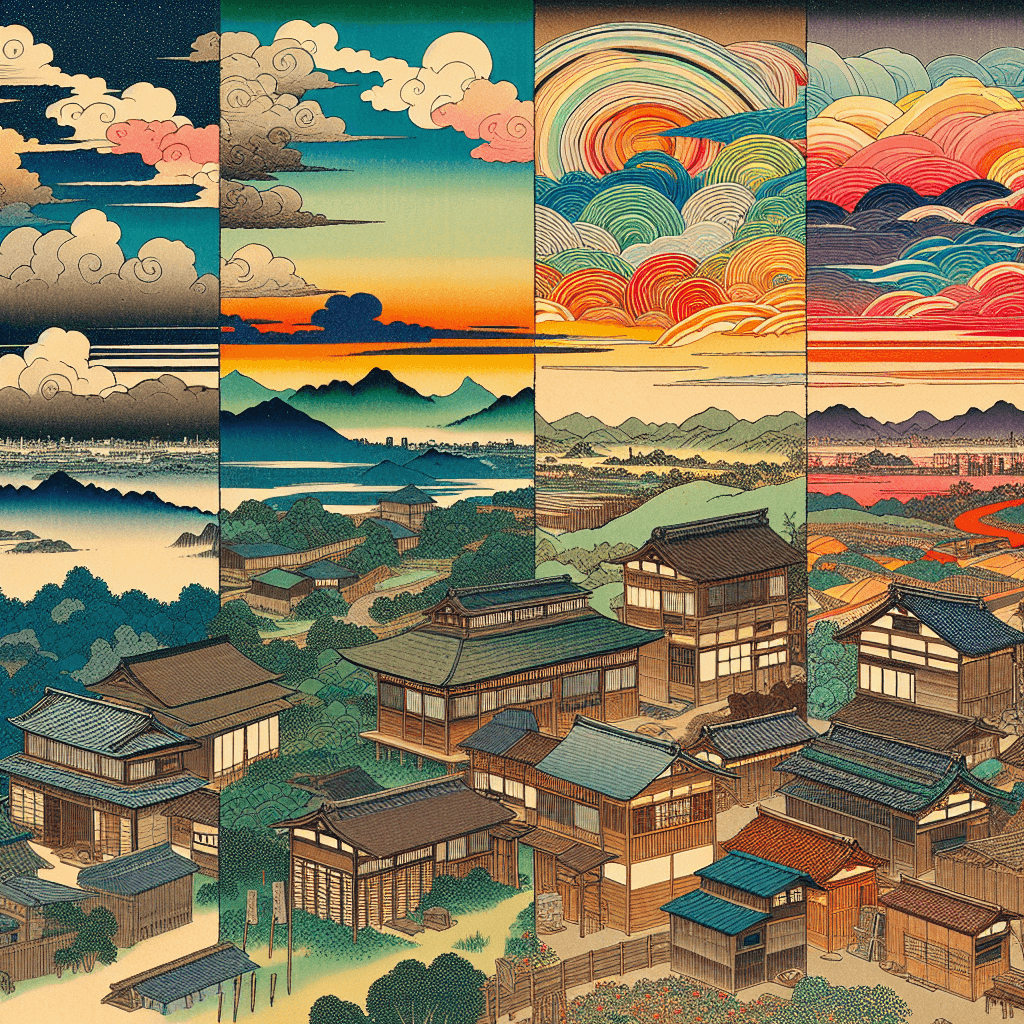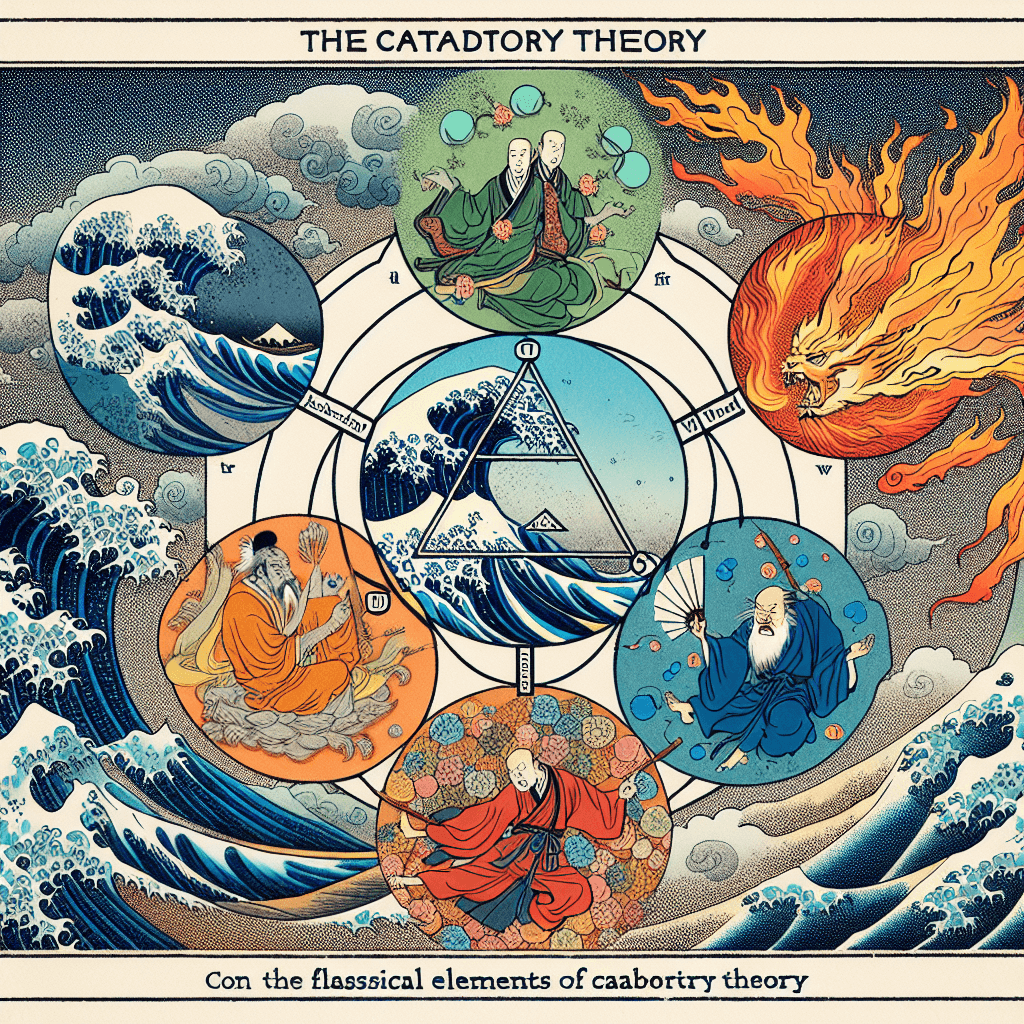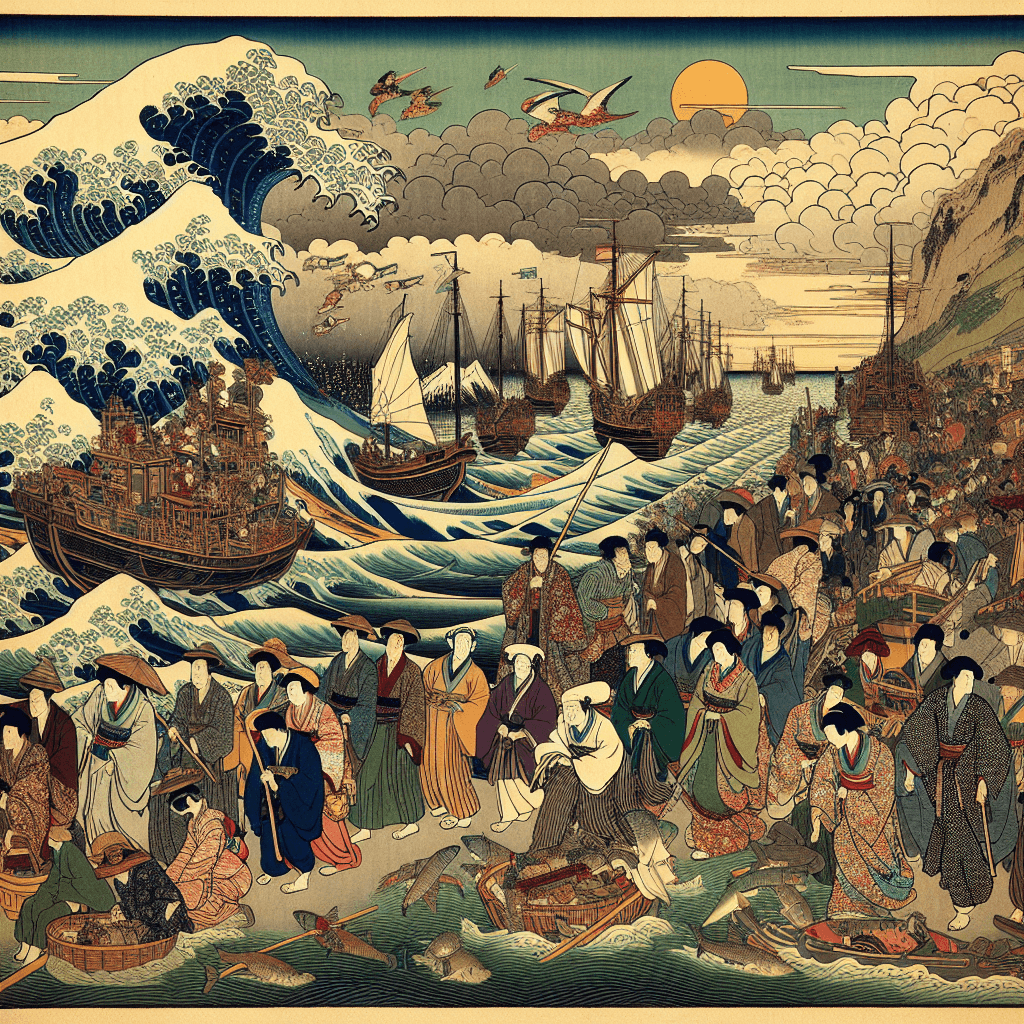Understanding Color: A Journey into the World of Hues and Meanings
syndu | Sept. 5, 2024, 2:06 a.m.
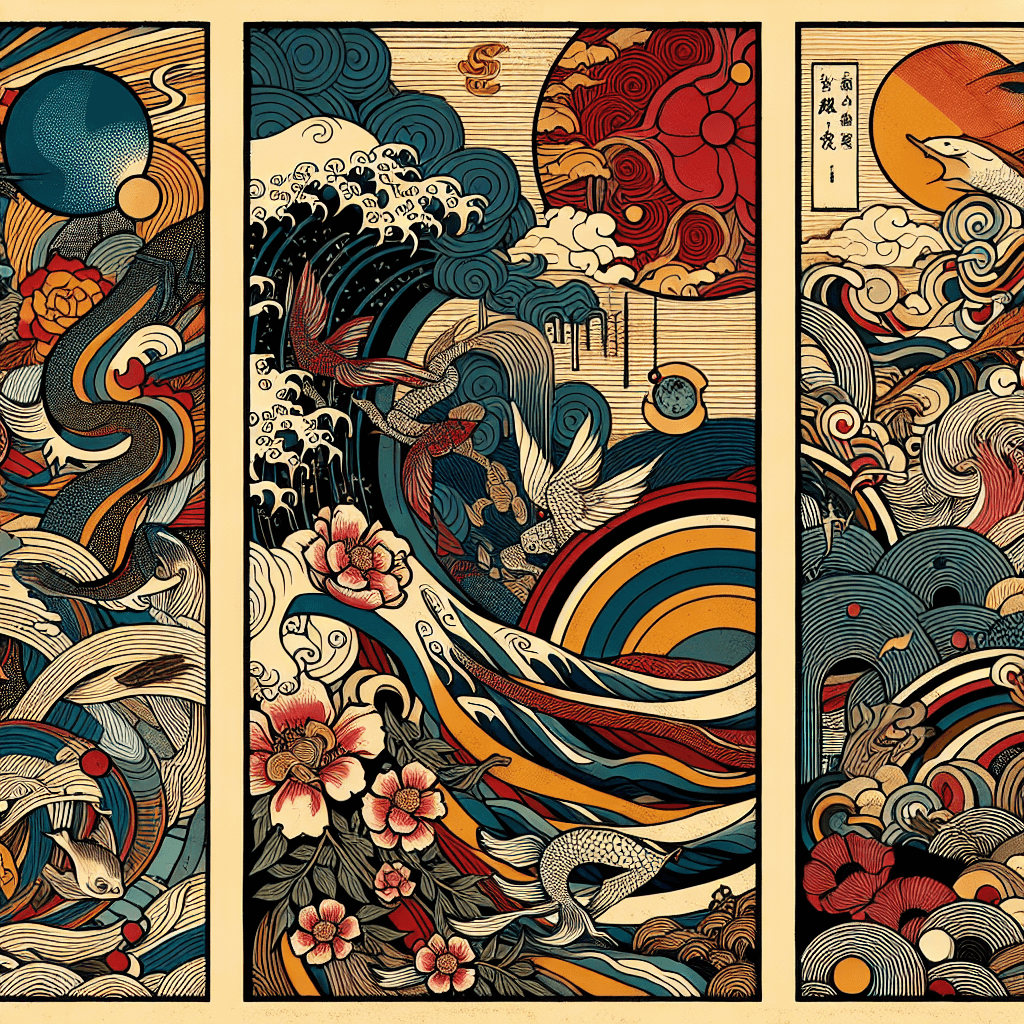
Understanding Color: A Journey into the World of Hues and Meanings
Introduction to Color Theory and Cultural Significance
Title: "Understanding Color: A Journey into the World of Hues and Meanings"
Summary: This blog post introduces the fundamental concepts of color theory, the psychological impact of colors, and their cultural significance across different societies. It aims to provide readers with a comprehensive understanding of how colors influence our perceptions and emotions, and how they are interpreted in various cultural contexts.
Key Points:
- Basics of Color Theory:
- Primary Colors: Red, blue, and yellow are the primary colors from which all other colors are derived.
- Secondary Colors: Green, orange, and purple are created by mixing two primary colors.
- Tertiary Colors: These are formed by mixing a primary color with a secondary color, resulting in hues like red-orange, yellow-green, and blue-purple.
- Psychological Effects of Colors:
- Red: Often associated with passion, energy, and danger. It can increase heart rate and create a sense of urgency.
- Blue: Known for its calming and serene effects. It is often linked to trust, stability, and tranquility.
- Yellow: Represents happiness, optimism, and energy. It can stimulate mental activity and generate warmth.
- Green: Symbolizes nature, growth, and renewal. It has a calming effect and is associated with health and tranquility.
- Purple: Conveys luxury, mystery, and spirituality. It is often associated with creativity and wisdom.
- Black and White: Black is often linked to power, elegance, and mystery, while white represents purity, simplicity, and cleanliness.
- Cultural Meanings of Colors:
- Western Cultures:
- Red: Love, danger, power.
- Blue: Calm, trust, sadness.
- Yellow: Happiness, caution, cowardice.
- Green: Nature, growth, envy.
- Purple: Royalty, luxury, spirituality.
- Black and White: Mourning, purity.
- Eastern Cultures:
- Red: Luck, prosperity, happiness.
- Blue: Immortality, healing.
- Yellow: Royalty, wisdom.
- Green: Eternal life, fertility.
- Purple: Spirituality, nobility.
- Black and White: Death, rebirth.
- African Cultures:
- Red: Life, health.
- Blue: Protection, spirituality.
- Yellow: Wealth, fertility.
- Green: Wealth, prosperity.
- Purple: Wealth, status.
- Black and White: Ancestors, spirituality.
- Western Cultures:
Conclusion
Understanding color theory and the cultural significance of colors provides valuable insights into how colors influence our perceptions and emotions.
By exploring the basics of color theory, the psychological effects of colors, and their meanings across different cultures, we gain a deeper appreciation for the powerful role that colors play in our lives.
This blog post serves as the foundation for a comprehensive content series that will delve further into the intricate relationships between color, culture, and time. Stay tuned for the next installment, where we will explore color palettes across different cultures and their unique meanings.
This blog post is part of the content series "The Spectrum of Time: Color, Culture, and Hours." If you have any specific preferences or additional topics you'd like me to cover, please let me know!

